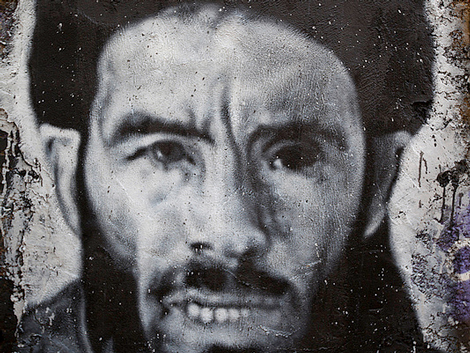
The denial that seems to have characterized most of American and European leaders’ assessment of the status of al Qaeda over the last three years seems to be over. Last week two of America’s top intelligence officials openly stated before Congress that the group is morphing, franchising and expanding its reach globally. Similarly, John Sawers, the head of MI6, recently told the British Parliament that “We are having to deal with al Qaeda emerging and multiplying in a whole new range of countries. There is no doubt at all that the threat is rising.”
These assessments are completely different from the tunes heard just a year ago on both sides of the Atlantic. The narrative touting al Qaeda’s demise took shape in Western capitals in early 2011. The first months of the so-called Arab Spring made Western observers swoon with hope at the sight of thousands of demonstrators throughout the Arab world fighting for democracy and adopting none of al Qaeda’s ideas and slogans. Al Qaeda’s message, they argued, had been defeated and the democracies that would rise from the ashes of the authoritarian regimes of Mubarak, Ben Ali, and Ghaddafi would push Arabs and Muslims further away from it.

